The art of harp playing involves a delicate balance between technical precision and musical expression, with pedal transitions serving as one of the most intricate aspects of the instrument's mechanics. Unlike other string instruments, the harp relies on a system of pedals to alter pitch, requiring players to develop a keen sense of timing and coordination. Mastering these transitions is not merely about memorizing positions but understanding the underlying logic that governs their movement. This process demands both physical dexterity and mental agility, as harpists must anticipate changes while maintaining fluidity in their performance.
Pedal transitions on the harp are governed by a logical framework that aligns with the instrument's unique design. Each pedal corresponds to a specific set of strings, and shifting them alters the pitch by a half step or whole step depending on the position. The challenge lies in executing these changes seamlessly, especially during fast-paced passages or complex modulations. Harpists often spend years refining their technique, internalizing the relationships between pedals and strings until the movements become second nature. This level of mastery allows performers to focus on musicality rather than mechanics.
The training process for pedal transitions begins with slow, deliberate practice, emphasizing accuracy over speed. Beginners often start with simple exercises, such as shifting a single pedal while playing scales or arpeggios. As proficiency grows, more advanced drills incorporate multiple pedal changes within a single phrase, simulating the demands of actual repertoire. The goal is to develop muscle memory so that the feet move instinctively in response to the music. This methodical approach ensures that players build a solid foundation before tackling more challenging pieces.
Beyond technical drills, harpists must also cultivate an acute awareness of harmonic context. Pedal transitions are not arbitrary; they are dictated by the music's structure and key changes. Understanding how these shifts fit into the broader harmonic progression enables performers to anticipate and prepare for upcoming changes. For instance, a modulation to a distant key may require rapid adjustments across several pedals, and recognizing these patterns in advance can prevent awkward pauses or inaccuracies. This analytical aspect of pedal training is just as crucial as the physical execution.
The psychological dimension of pedal transitions should not be overlooked. Even seasoned harpists occasionally face moments of hesitation or doubt, particularly in high-pressure situations like live performances. Mental rehearsal—visualizing pedal changes before executing them—can be a powerful tool for building confidence. Additionally, developing a calm, focused mindset helps mitigate the risk of errors caused by anxiety or distraction. The interplay between mind and body is central to achieving flawless transitions, making mental training an integral part of the process.
Advanced harpists often explore creative ways to optimize pedal efficiency, such as grouping changes together or finding alternative fingerings to minimize movement. These strategies are particularly useful in contemporary compositions, where unconventional harmonies and rapid shifts are common. Experimentation and problem-solving become key components of practice, as players adapt their technique to suit the demands of diverse musical styles. This adaptability is what separates competent harpists from truly exceptional ones.
Ultimately, the logic behind harp pedal transitions is a blend of science and artistry. While the mechanics follow predictable rules, their application requires a nuanced understanding of music theory and performance practice. Dedicated training in this area not only enhances technical proficiency but also deepens the player's connection to the instrument. By embracing both the challenges and rewards of pedal transitions, harpists unlock new possibilities for expression, transforming what might seem like a mechanical necessity into an integral part of their musical voice.
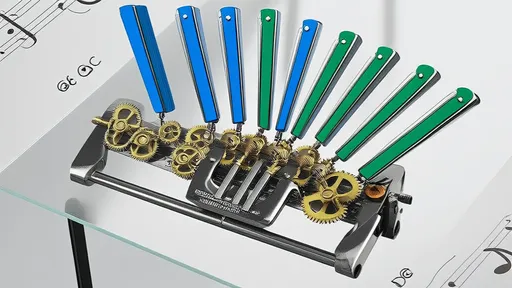
By /Jul 25, 2025

By /Jul 25, 2025
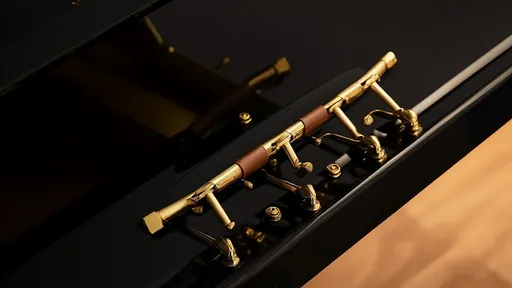
By /Jul 25, 2025
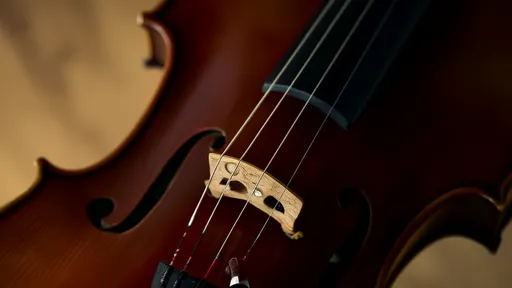
By /Jul 25, 2025

By /Jul 25, 2025

By /Jul 25, 2025

By /Jul 25, 2025
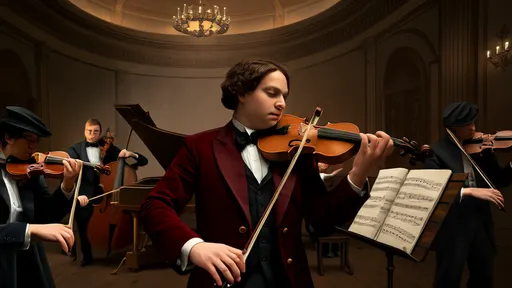
By /Jul 25, 2025

By /Jul 25, 2025
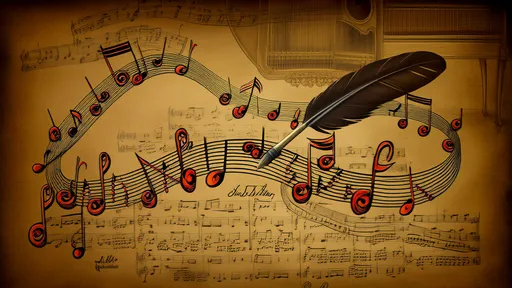
By /Jul 25, 2025
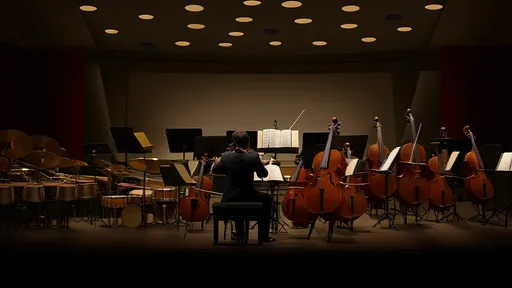
By /Jul 25, 2025
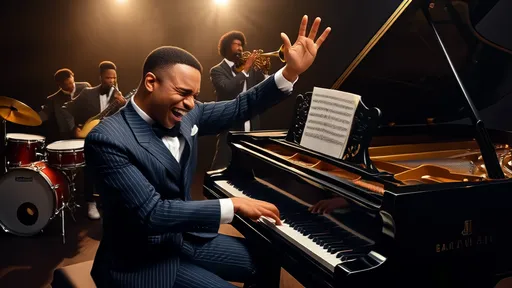
By /Jul 25, 2025

By /Jul 25, 2025
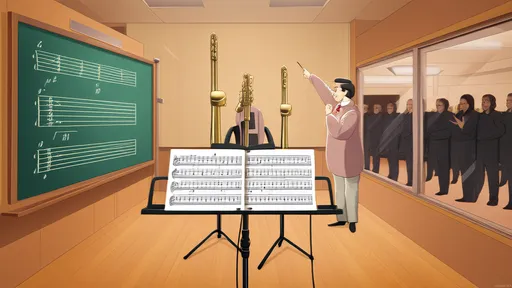
By /Jul 25, 2025

By /Jul 25, 2025

By /Jul 25, 2025

By /Jul 25, 2025

By /Jul 25, 2025

By /Jul 25, 2025
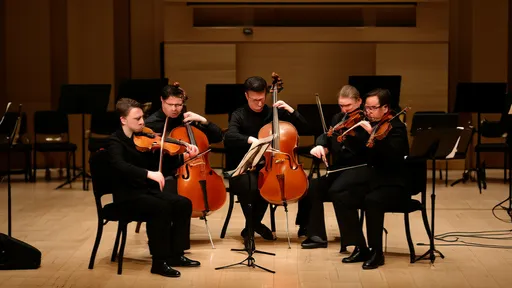
By /Jul 25, 2025